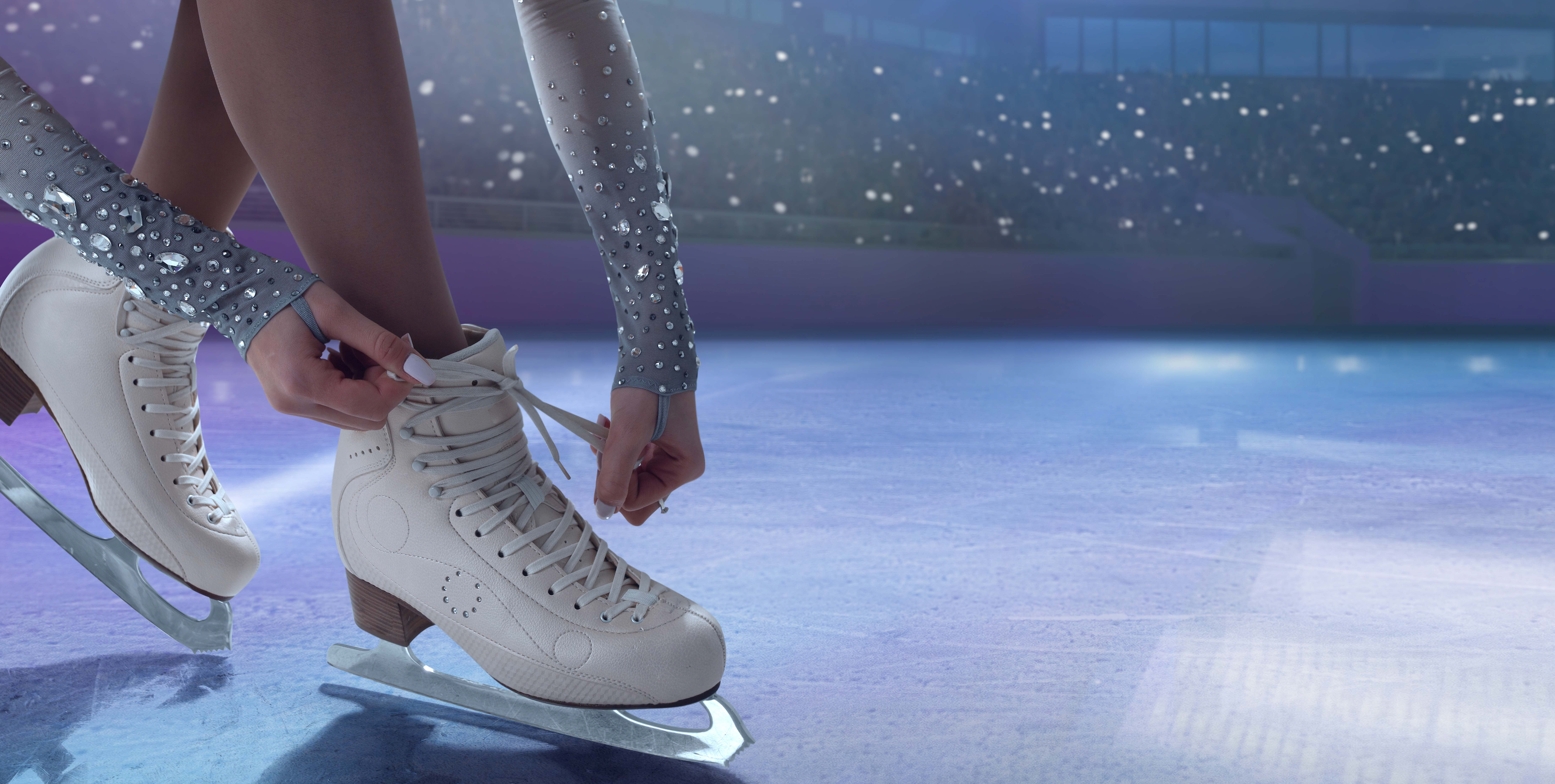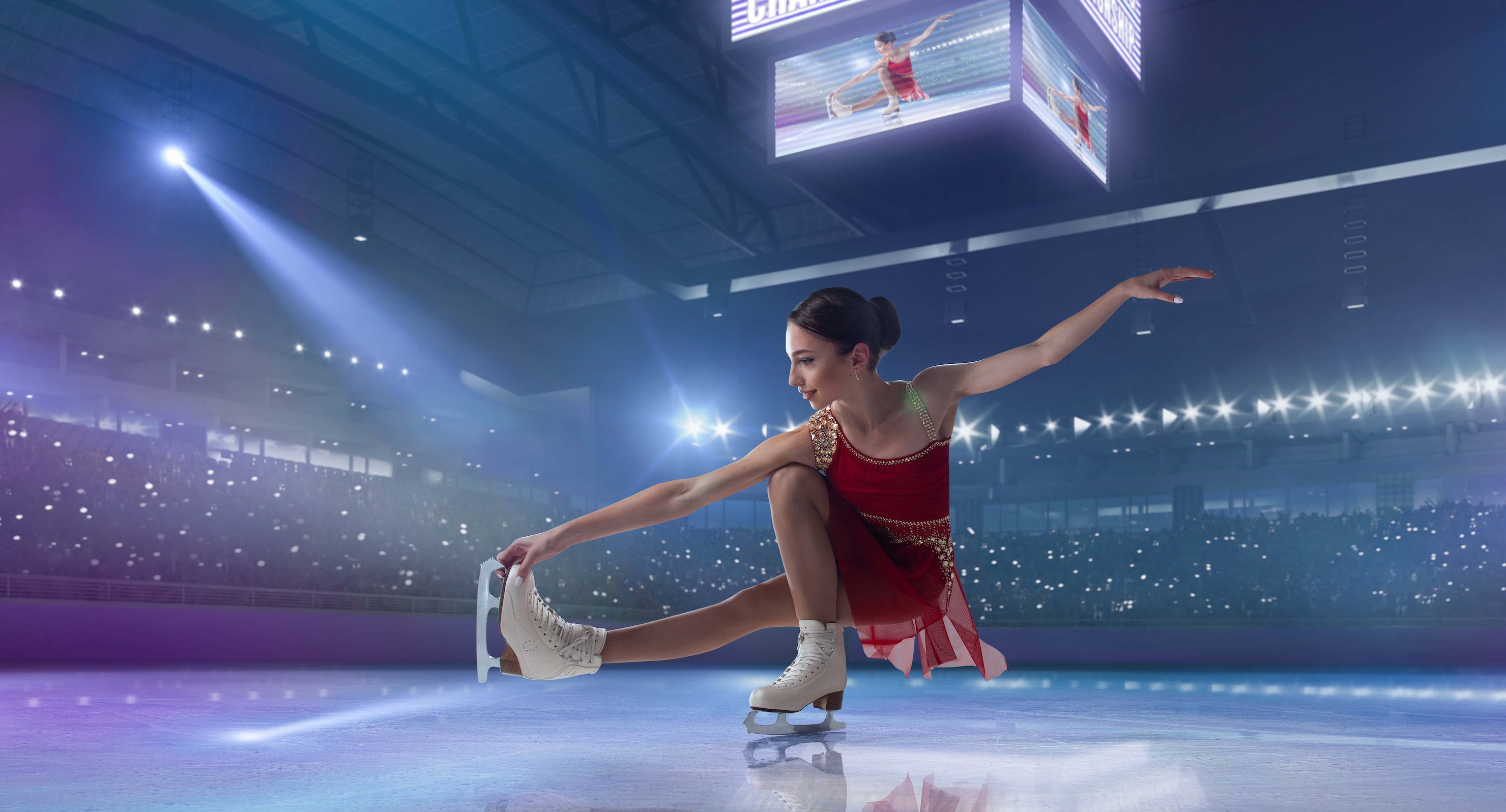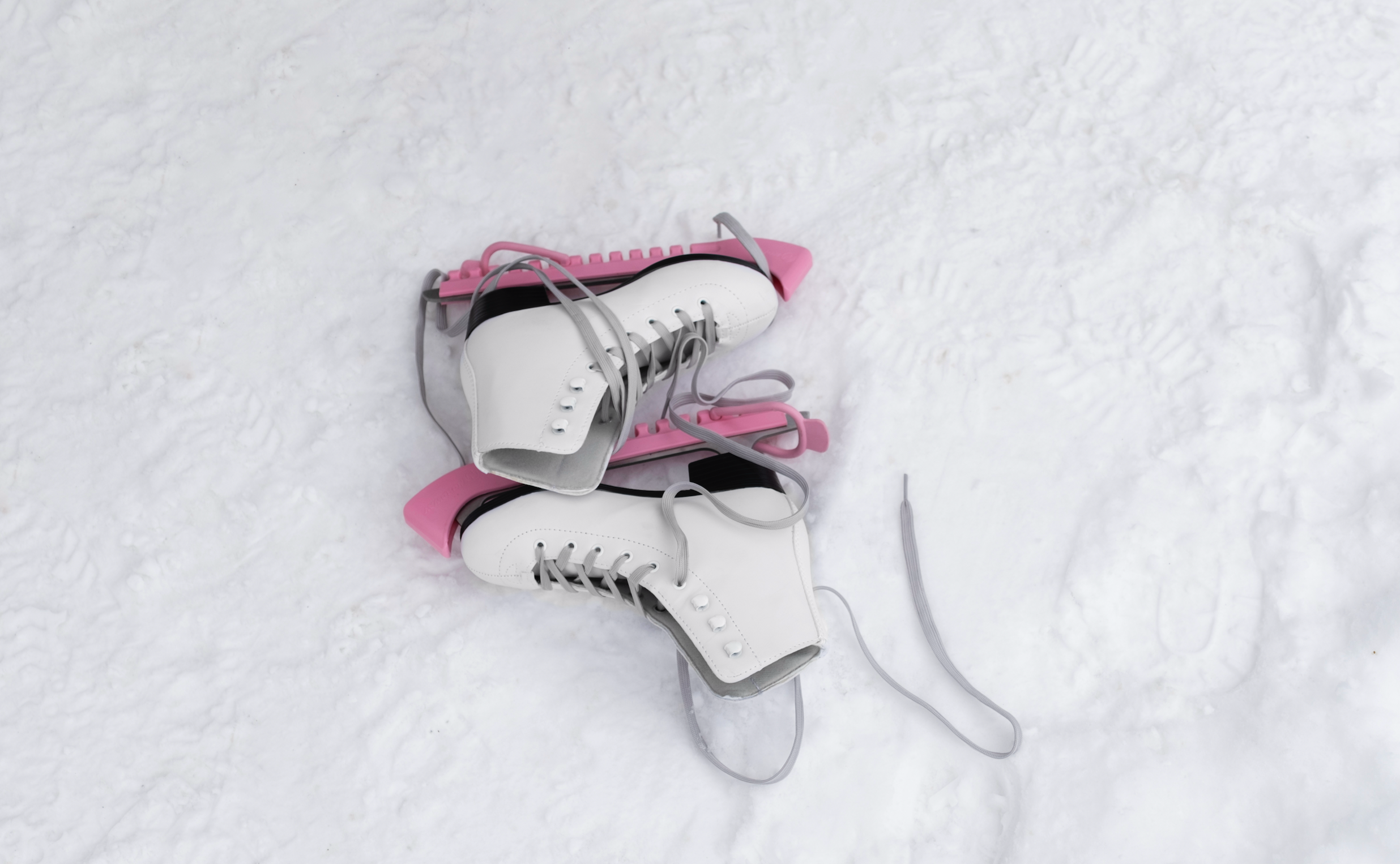Introduction:
Figure skating is a captivating winter sport that combines grace, artistry, and athleticism on a shimmering ice surface. Its origins can be traced back centuries, evolving from a practical means of transportation to a highly specialized and competitive sport. This article delves into the intriguing history of figure skating, exploring its humble beginnings, transformative moments, and the development of its unique disciplines.
Early Origins and Emergence:
Figure skating can be traced back to the 17th century, when the Dutch used frozen canals for recreational skating. However, it was the advent of artificial ice rinks in the early 19th century that laid the foundation for the sport as we know it today. English figure skaters were among the pioneers in formalizing techniques and establishing rules for artistic skating.
The Birth of Figure Skating:
In 1862, the world witnessed a significant milestone in figure skating history with the publication of "The Skater's Alphabet" by British figure skater Robert Jones. This book outlined the basic principles of figure skating, including jumps, spins, and intricate footwork. The emergence of international competitions further fueled the growth of the sport.
The International Expansion:
The late 19th and early 20th centuries marked a period of global expansion for figure skating. The sport gained popularity in North America and Europe, with the first European Figure Skating Championships held in 1891. In 1908, figure skating made its Olympic debut during the Summer Games in London, later becoming a staple of the Winter Olympics.
The Evolution of Competitive Figure Skating:
Figure skating continued to evolve as a competitive sport throughout the 20th century. The International Skating Union (ISU) was established in 1892 to govern and regulate international figure skating competitions. The introduction of compulsory figures, which emphasized precise tracing of patterns on the ice, gave way to the development of freestyle skating, where skaters showcased their artistic flair.
Ice Dance and Pairs Skating:
The mid-20th century witnessed the emergence and growth of ice dance and pairs skating as distinct disciplines within figure skating. Ice dance focuses on intricate footwork and dance elements, while pairs skating combines elements of athleticism and synchronized movements performed by a male and female duo.
Artistic Expression and Technical Advancements:
Figure skating reached new heights of artistic expression and technical prowess in the latter half of the 20th century. Skaters such as Sonja Henie, Peggy Fleming, and Katarina Witt captivated audiences with their innovative choreography and graceful performances. The introduction of the scoring system in 2004 aimed to reward technical difficulty, execution, and overall presentation.
Modern Figure Skating:
In recent years, figure skating has continued to evolve with increasingly complex jumps, spins, and acrobatic elements. Athletes such as Yuzuru Hanyu, Nathan Chen, Alina Zagitova, and Evgenia Medvedeva have pushed the boundaries of the sport with their technical prowess and artistic brilliance, captivating audiences worldwide.
Conclusion:
From its humble beginnings on frozen canals to becoming a global spectacle, figure skating has a rich and fascinating history. The sport's evolution has been shaped by the contributions of countless skaters, coaches, and officials, all striving for excellence in this mesmerizing combination of art and athleticism. As figure skating continues to captivate audiences, it remains an enduring testament to the power of human creativity and determination on the frozen stage.



